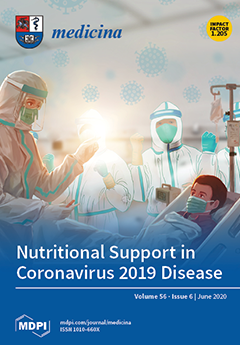Background and objectives: During the last decade, conventional tobacco smoking is experiencing a decline and new smoking products have been introduced. IQOS (“I-Quit-Ordinary-Smoking”) is a type of “heat-not-burn” (HNB) tobacco product. The impact of IQOS on respiratory health is currently not defined. The objectives of this study were to evaluate the acute effects of IQOS on pulmonary function in non-smokers and current smokers.
Materials and Methods: Fifty male healthy non-smokers and current smokers with no known co-morbidity underwent an exhaled CO measurement, oximetry (SaO2%), pulmonary function tests (flows, volumes and diffusion capacity), and a measurement of respiratory resistances with an impulse oscillometry system (IOS) before and immediately after IQOS use.
Results: In the whole group of 50 participants, SaO2%, forced expiratory flow at 25% and 50% of vital capacity (FEF 25%, FEF 50%, respectively), peak expiratory flow (PEF), and diffusion lung capacity for carbon monoxide/VA (KCO) decreased significantly after IQOS use, whereas exhaled CO and airway resistance (R5 Hz, R10 Hz, r15 Hz, R20 Hz, R25 Hz, R35 Hz) increased. When the groups of smokers and non-smokers were compared, in both groups (all males, 25 smokers and 25 non-smokers), exhaled CO increased and SaO2% decreased after IQOS use (
p < 0.001). In the group of non-smokers, PEF (pre 8.22 ± 2.06 vs. post 7.5 ± 2.16,
p = 0.001) and FEF 25% (pre 7.6 ± 1.89 vs. 7.14 ± 2.06,
p = 0.009) decreased significantly; respiratory resistances R20 Hz (pre 0.34 ± 0.1 vs. post 0.36 ± 0.09,
p = 0.09) and R25 Hz (pre 0.36 ± 0.1 vs. post 0.38 ± 0.09,
p = 0.08) increased almost significantly. In smokers, PEF (pre 7.69 ± 2.26 vs. post 7.12 ± 2.03,
p = 0.007) and expiratory reserve volume (ERV) (pre 1.57 ± 0.76 vs. post1.23 ± 0.48,
p = 0.03) decreased and R35 Hz (pre 0.36 ± 0.11 vs. post 0.39 ± 0.11,
p = 0.047) increased. The differences in the changes after the use of IQOS did not differ between groups.
Conclusions: IQOS had an impact on exhaled CO, SaO2%, and airways function immediately after use. Even though these changes were rather small to be considered of major clinical importance, they should raise concerns regarding the long-term safety of this product. Further research is needed for the short- and long-term effects of IQOS, especially in patients with respiratory disease.
Full article






